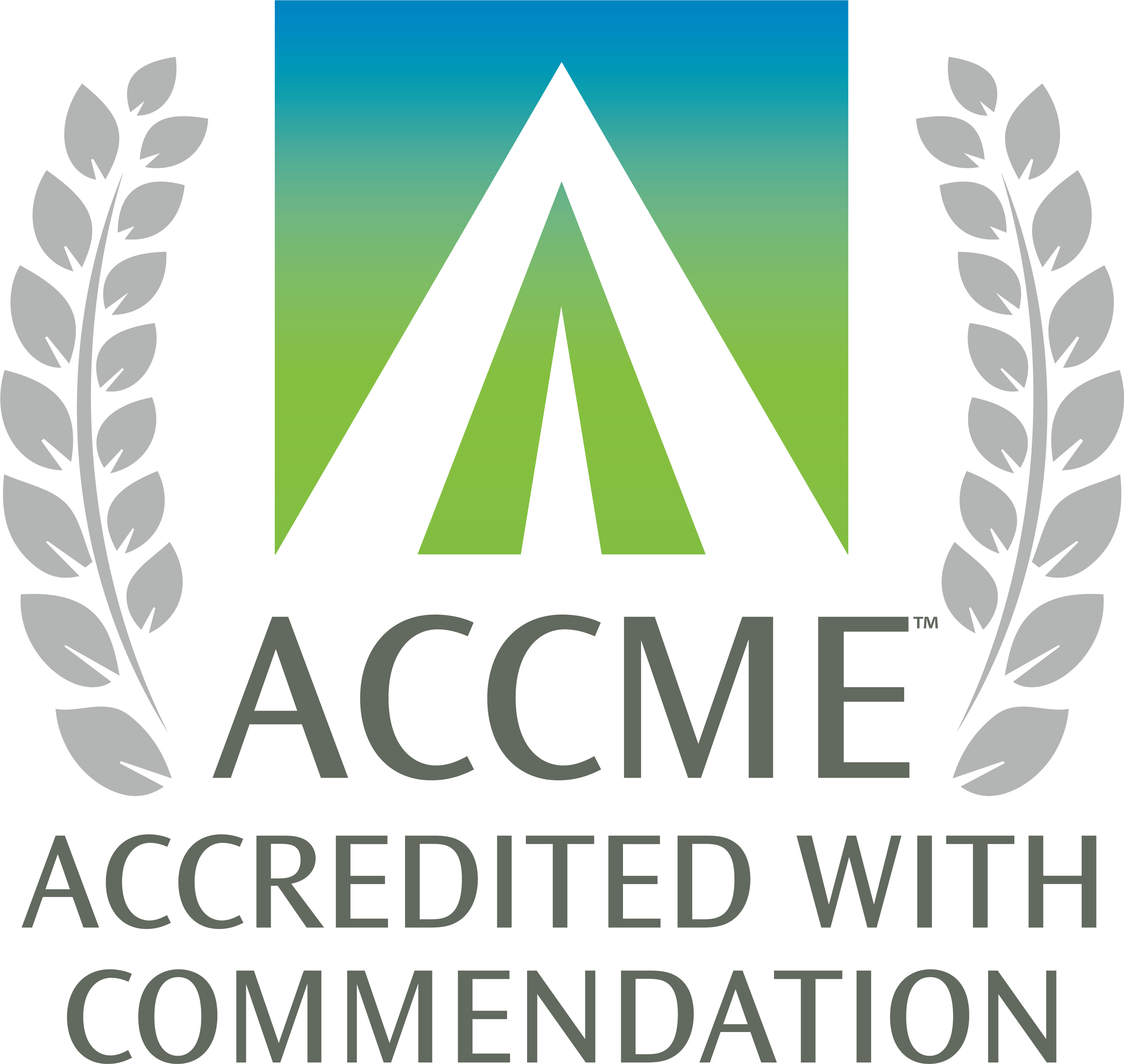Gastroesophageal Reflux Disease [2012 update]
To begin this activity, click Enroll. Once logged in, learners can access educational content, assessments, and evaluations. Learners who successfully complete the activity will be able to print a certificate.
Release Date:
Mon, 1/1/18
Termination Date:
Tue, 12/31/19
Credits:
1
Description:
Gastroesophageal reflux disease (GERD) is a common chronic, relapsing condition that carries a risk of significant morbidity and possible mortality from resultant complications. The lack of a gold standard in the diagnosis of GERD presents a clinical dilemma in treating patients with reflux symptomatology. This CME activity helps clinicians understand and implement a cost-effective and evidence-based strategy for the diagnosis and treatment of GERD reflux disease. The educational material provides useful summaries on practical aspects of care, including an algorithm for steps in diagnosis and treatment, atypical and warning signs, and information on pharmacologic therapy.
New in this update are several aspects of treatment and evaluation:
Treatment
Evaluation
Key aspects of care include:
New in this update are several aspects of treatment and evaluation:
Treatment
- A response to a short (2 week) course of a proton-pump inhibitor (PPI) often supports a diagnosis of GERD.
- On-demand therapy with PPIs is the most cost-effective method for GERD treatment, as generic omeprazole is currently the least expensive PPI.
- Aggressive acid reduction using PPIs BID before meals for at least 2-3 months is the standard treatment for atypical GERD and can demonstrate a causal relationship between GERD and extra-esophageal symptoms.
- Evidence is insufficient to conclude that PPI treatment benefits cough associated with GERD in adults.
- Patients should not be left on anti-secretory therapy without symptom re-evaluation to minimize cost and potential adverse events (e.g., Clostridium difficile-associated diarrhea; community acquired pneumonia; osteoporotic fracture; vitamin B12, calcium, and magnesium deficiencies, interactions with clopidogrel).
Evaluation
- Recent advances in "wireless" pH radiotelemetry capsule technology eliminates the need for the uncomfortable nasoesophageal tube for pH probe evaluation, and increases diagnostic yield by allowing for longer monitoring (e.g., 48-hour and 96-hour).
- Intraluminal impedance monitoring can detect "nonacid" (e.g., liquid/gas) reflux, important in refractory patients with regurgitation who are being considered for surgery or in patients with atypical symptoms.
Key aspects of care include:
- An empiric medication trial without diagnostic testing can identify GERD in most patients.
- Treat with either PPIs or histamine-2 receptor antagonists (H2RAs), with drug selection depending upon clinical efficacy and cost-effectiveness.
- Non-erosive reflux disease (NERD): step-up therapy (H2RA followed by PPI if no improvement) and step-down (PPI followed by the lowest dose of acid suppression) therapy are equally effective for both acute treatment and maintenance therapy.
- Erosive esophagitis: PPI therapy is the treatment of choice in acute and maintenance therapy
- PPIs should be taken 30–60 minutes before a meal (e.g., daily: breakfast, BID: breakfast & dinner), not at bedtime, to optimize effectiveness. Increase single dose strength before increasing dosing frequency.
- Warning signs, including non-response to treatment, require diagnostic testing and referral to a GERD specialist. PPI therapy is treatment of choice in acute and maintenance therapy.
Educational Objectives:
Participants in this CME activity will understand and be able to implement evidence-based cost-effective clinical strategies for the diagnosis and treatment of GERD in adults.
Target Audience:
This self-study activity is appropriate for primary care clinicians and other health care providers involved in the diagnosis and treatment of GERD in adults.
Accreditation and Credit Designation:
The University of Michigan Medical School is accredited by the Accreditation Council for Continuing Medical Education (ACCME) to provide continuing medical education for physicians.
The University of Michigan Medical School designates this enduring material for a maximum of 1.0 AMA PRA Category 1 Credits™. Physicians should claim only the credit commensurate with the extent of their participation in the activity.
[If the activity has been reviewed and credit has been extended, this statement should appear below the Accreditation & Credit designation statements on the web page]
The University of Michigan Medical School designates this enduring material for a maximum of 1.0 AMA PRA Category 1 Credits™. Physicians should claim only the credit commensurate with the extent of their participation in the activity.
Release Date: May 2012
Termination Date: February 2021
[If the activity has been reviewed and credit has been extended, this statement should appear below the Accreditation & Credit designation statements on the web page]
Continued availability of CME credit for this activity depends on a thorough review of its content every three years. This activity was last reviewed for currency and accuracy in March 2018, and availability of CME credit continued.
Additional Info:
Authors:
Joel J. Heidelbaugh, MD; Family Medicine
R. Van Harrison, PhD; Medical Education
Mark A McQuillan, MD; Medical Education
Timothy T. Nostrant, MD; Gastroenterology
Financial Disclosure Information:
Mark A McQuillan, MD
Speakers Bureau: Tadeka, Pfizer, Astra Zeneca
There are no other relevant financial relationships to disclose for this CME activity.
UMHS Guidelines Oversight Team:
Karl T. Rew, MD
R. Van Harrison, PhD
Literature Search Services:
Taubman Medical Library
Joel J. Heidelbaugh, MD; Family Medicine
R. Van Harrison, PhD; Medical Education
Mark A McQuillan, MD; Medical Education
Timothy T. Nostrant, MD; Gastroenterology
Financial Disclosure Information:
Mark A McQuillan, MD
Speakers Bureau: Tadeka, Pfizer, Astra Zeneca
There are no other relevant financial relationships to disclose for this CME activity.
UMHS Guidelines Oversight Team:
Karl T. Rew, MD
R. Van Harrison, PhD
Literature Search Services:
Taubman Medical Library
Credits available:
AMA PRA Category 1: 1.00
Participation: 1.00


